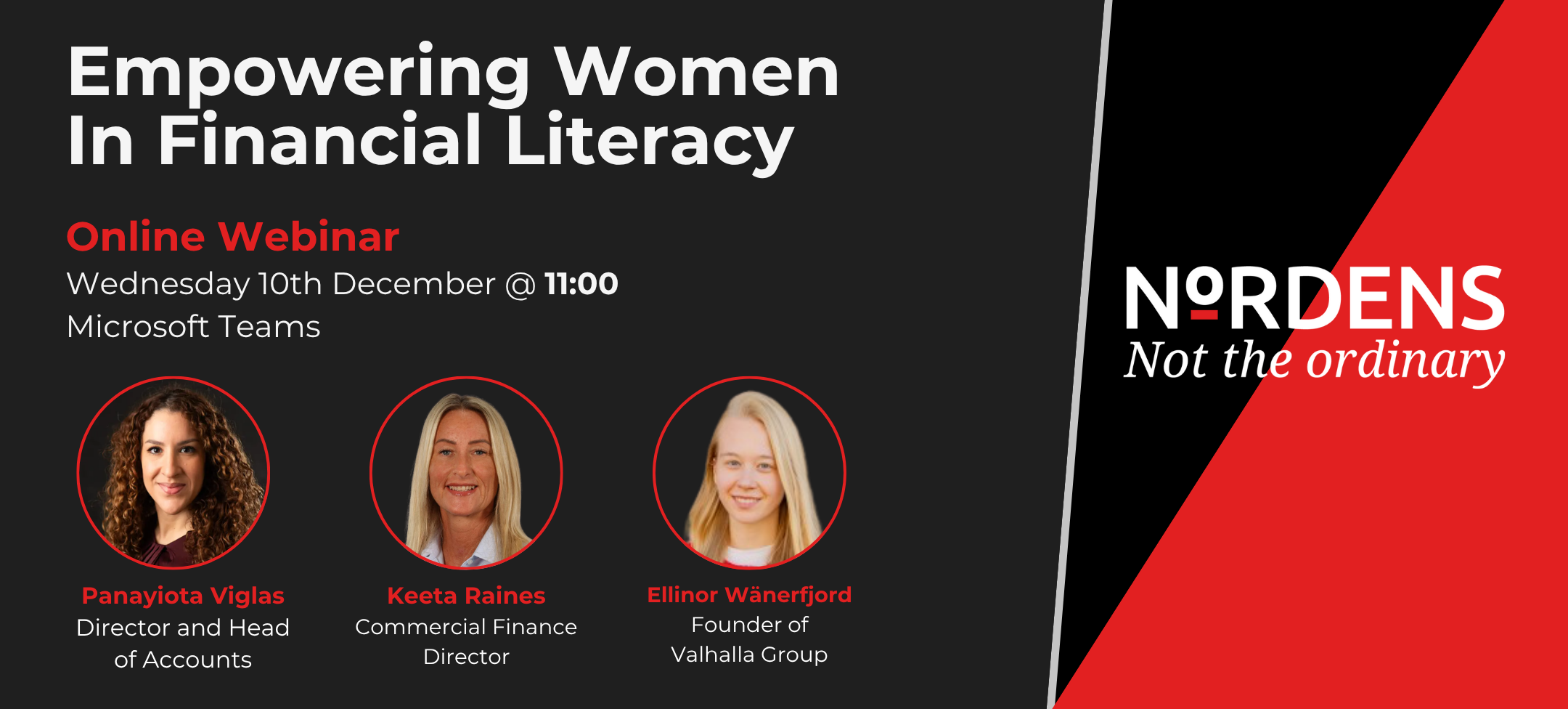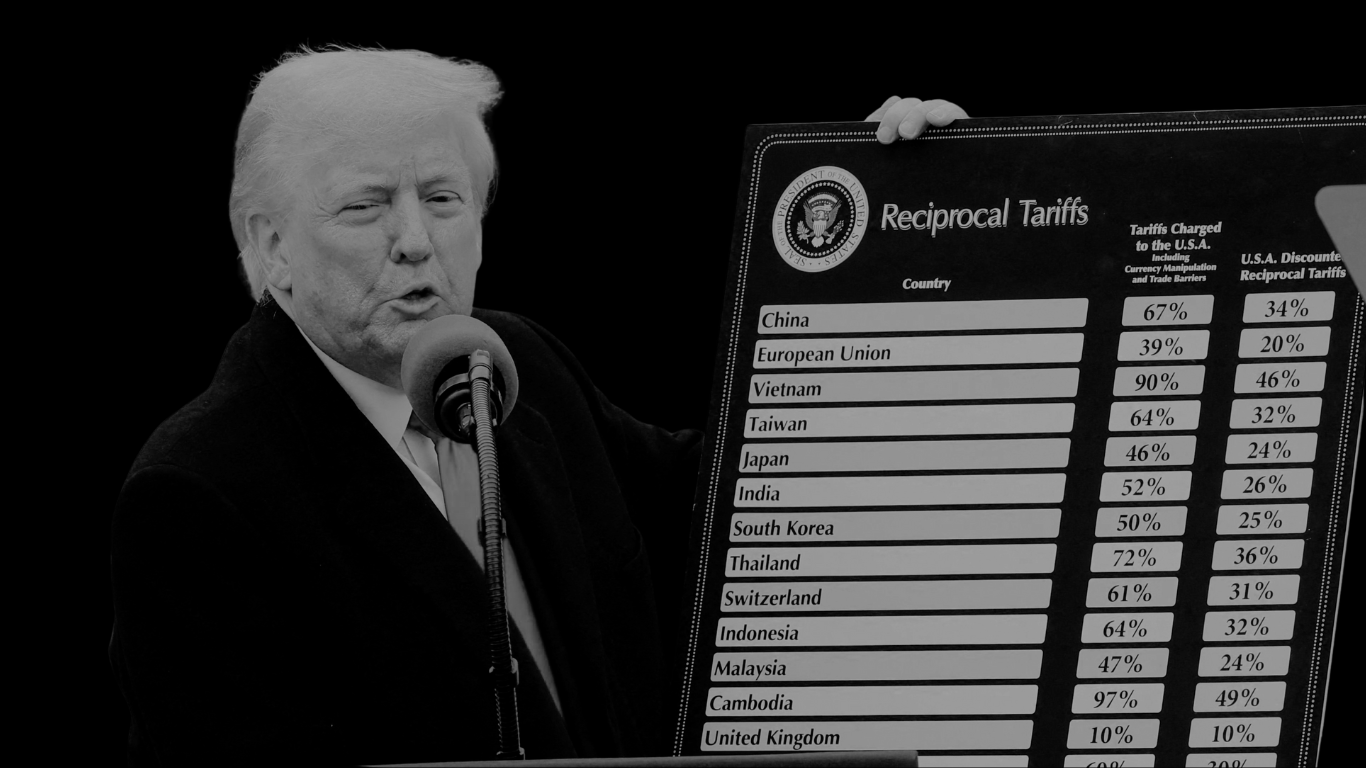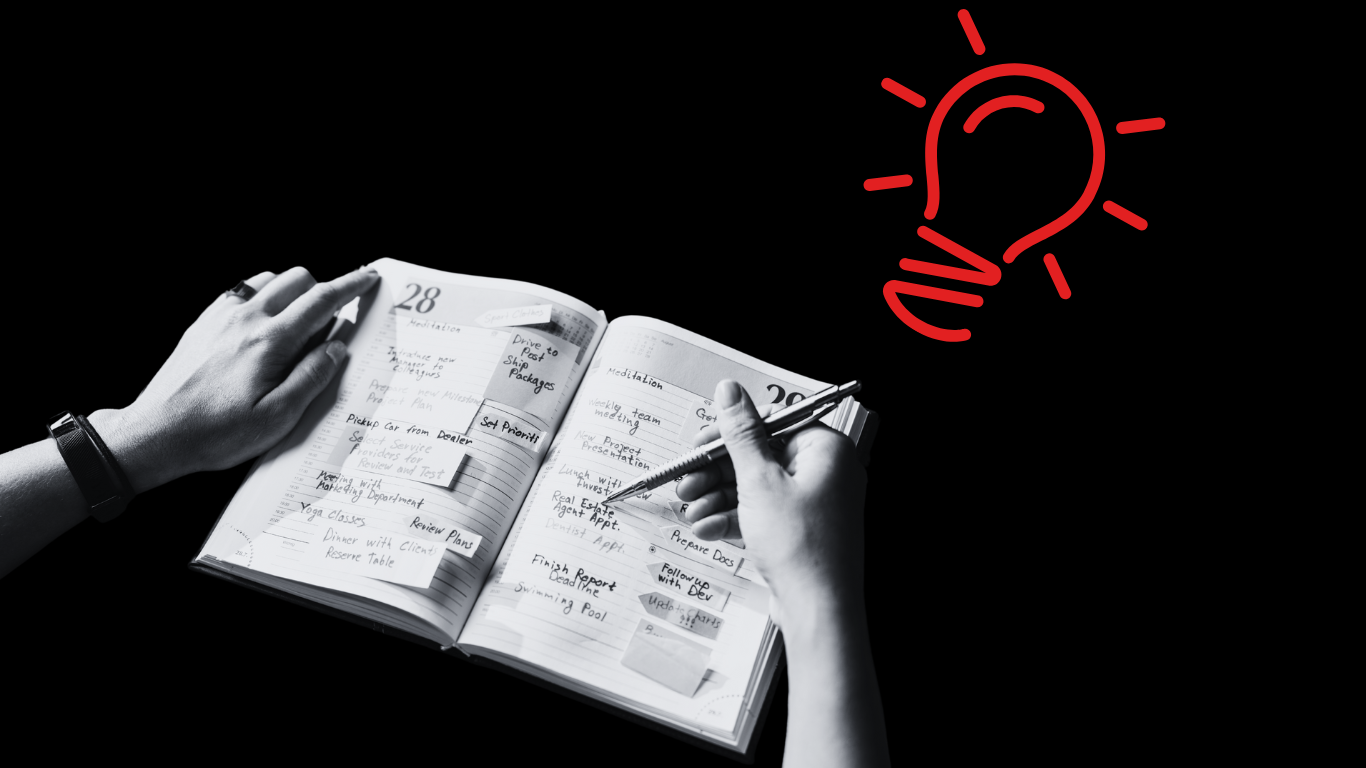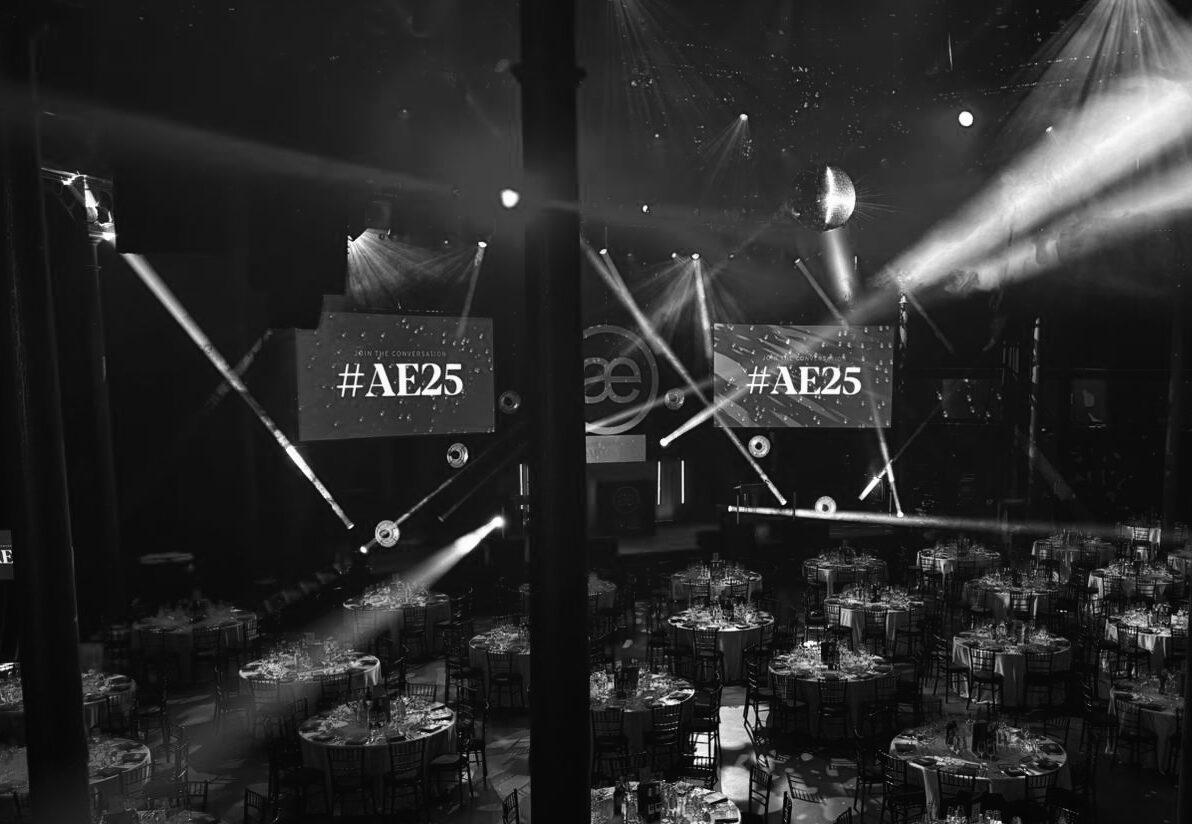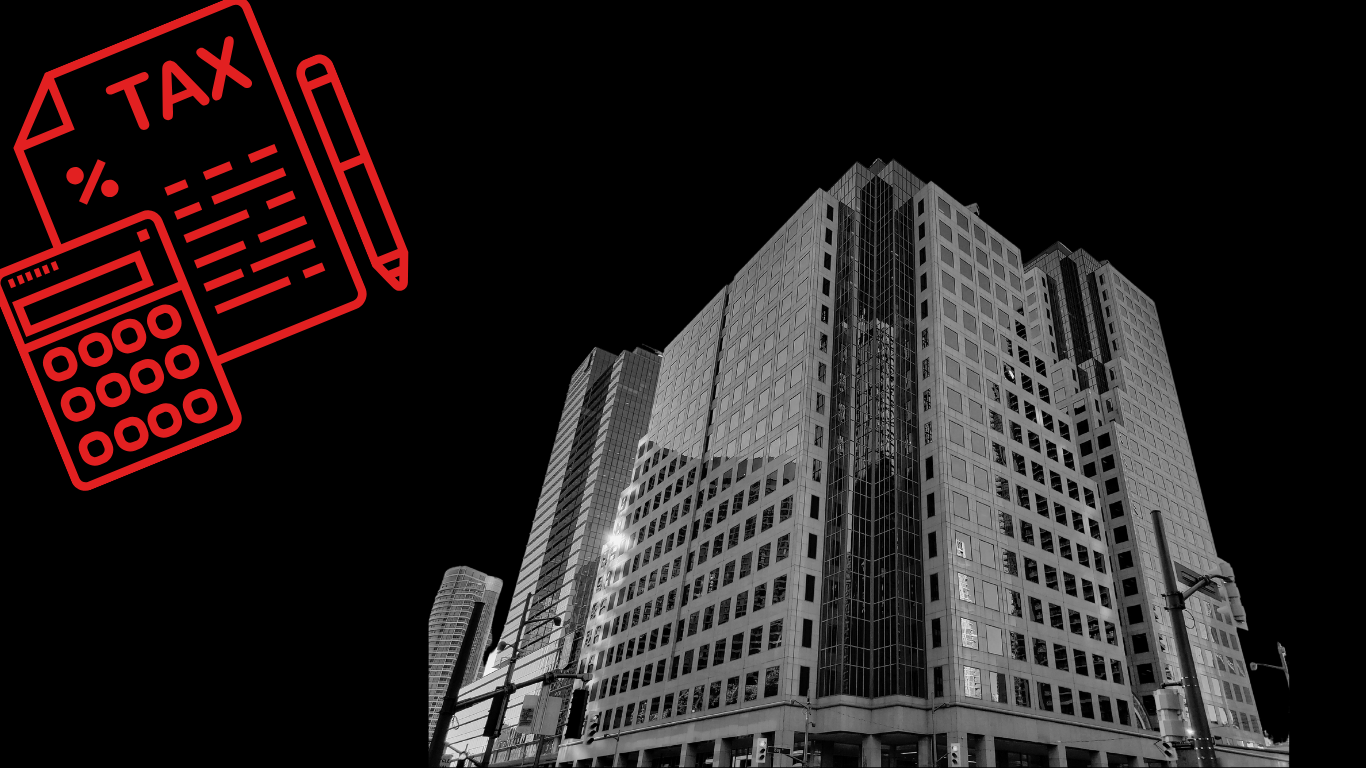What Is Making Tax Digital (MTD)?
Making Tax Digital (MTD) is a government scheme that allows for the preparing, reporting and filing of taxes to be a fast and easy process. It is designed to get businesses and self-employed workers to complete digital tax records and returns on a quarterly basis (every 3 months), with the overall aim of becoming paperless and allowing both parties (HMRC and the worker) to easily access their details at the click of a button.
This was planned to be introduced over phases across many years by the government, with the initial phase beginning on 1st April 2019. The next phase of the MTD legislation for income tax will come into effect on 1st April 2024 after the deadline was pushed back from its original April 2023 deadline. The delay came to be expected with worries raised over multiple issues, including the tax year end date, mandatory rollout plan and turnover limits. Despite the delay, we strongly advise that you stay ahead of the curve and transition your income tax self-assessment over digitally before the scramble come deadline time.
HMRC introduced a personal tax account in 2015, which provides an outlet for people to manage their tax affairs seamlessly. With MTD a well-established piece of legislation now, many accounting software programs such as Xero have a dedicated MTD add on for VAT tax returns. With the groundwork firmly laid down, the next phases of the MTD scheme should be a smooth and straightforward affair.
Who Does Making Tax Digital (MTD) Affect?
As stated, the first and only current phase of the MTD legislation was brought about in April 2019. The scheme set out that VAT-registered businesses with a taxable turnover above the VAT threshold of £85,000, are required keep digital records and submit digital VAT returns.
The next phase of the MTD government scheme is set to be enforced in April 2022 and will make it compulsory for the requirement of digital records and VAT returns for VAT-registered businesses with a turnover below the £85,000 VAT threshold. HMRC state that the digital records will need to contain the following information:
- Business name & contact details
- VAT number & details of any government financial schemes taken (e.g Furlough)
- VAT on supplies made & received
- Adjustments to returns
- Time of supply (tax point)
- Rate of VAT charged on supplies made
- Reverse charge transactions (to be recorded twice as a supply made and a supply received if your software doesn’t record them)
- Daily gross takings (DGT) if a retail scheme is used
- Purchases of assets you can reclaim tax on if using the Flat Rate Scheme
- Value of sales made and total output tax on Gold Accounting Scheme purchases (if applicable)
- Documents covering multiple supplies made or received on behalf of your business (through volunteers, third party businesses or employees)
The scheduled phase of the MTD scheme for self-assessment income tax will now happen in April 2024 and will apply to taxpayers who file Income Tax Self Assessments for business or property income equating to £10,000 or more a year. This is most specifically aimed at self-employed people and landlords who make over £10,000 a year.
Why Are The Government Bringing In MTD As Legislation?
The government proposed the MTD scheme in the hope of providing an easily accessible and paperless future for tax returns. Not only will this provide the worker or business with a streamlined and eco-friendly process of reporting and filing their returns, it also offers full transparency for the HMRC, which in turn will translate to an overall reduction of tax fraud.
Fortunately, HMRC won’t charge anything to make the move to MTD, however the process of updating a potential backlog of information has been estimated to cost each business approximately £280. This was calculated due to factors including digital software purchasing, upgrading and training as well as the quarterly submission of information.
What Software Is Needed To Comply With MTD?
It is required for businesses and individuals to use compatible software to file and send tax returns. Whenever you submit a piece of information relating to a digital tax return, it has to be in accordance with HMRC. Fortunately, HMRC have curated a list of compatible software which supports the scheme, including Xero which we use here at Nordens.
HMRC also state that all your records don’t need to be under one piece of software and instead can be done across as many platforms as you wish. As long as there are “links between the software you use by your first VAT period after 1 April 2021” in the form of email records or spreadsheets for example, then this is fully compliant.
Once you’ve downloaded your software of choice, then all you need to do is keep on top of it and update accordingly.
We hope this has outlined to you exactly what MTD is and whether you will be affected. If you require any more information on MTD or anything accounting related for that matter, please don’t hesitate to get in contact with us at Nordens where one of our trusted advisors would be happy talking you through your query.























